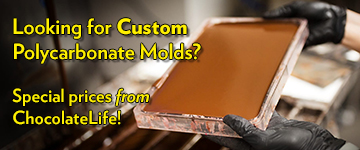But I know from my experiences with coffee that the molecules are somewhat different among different plants: kola nuts, yerba mate, tea, and even arabica versus robusta coffee all vary in how their xanthinealkaloid effect the CNS.
Just to clarify, the specific methyl xanthine alkaloids (theobromine, caffeine, and theophylline) do not differ in their makeup, but the relative amounts of each differ between all these plants, and between varieties of each plant as stated above with criollo vs. forastero cacao. There has been some claims that yerba mate contains a different xanthine than caffeine, called mateine that is a stereoisomer of caffeine, but this is impossible since a stereoisomer must have an optical or chiral center (one atom in the structure that has 4 different molecules attached to it, so that a mirror image of this chiral center cannotbe rotated back to completely overlap itself), and caffeine most definitely does not have a chiral center.
But there's so many hundreds if not thousands of other compounds in all these plants that could change how they affect your body or how the xanthines are absorbed. This makes arguing about caffeine composition a bit moot. None of the percentages of these other compounds will be marked on chocolatepackaging, and even for the same packaging, ingredients list, and nutrition info, the percentages of these compounds could fluctuate alot.

